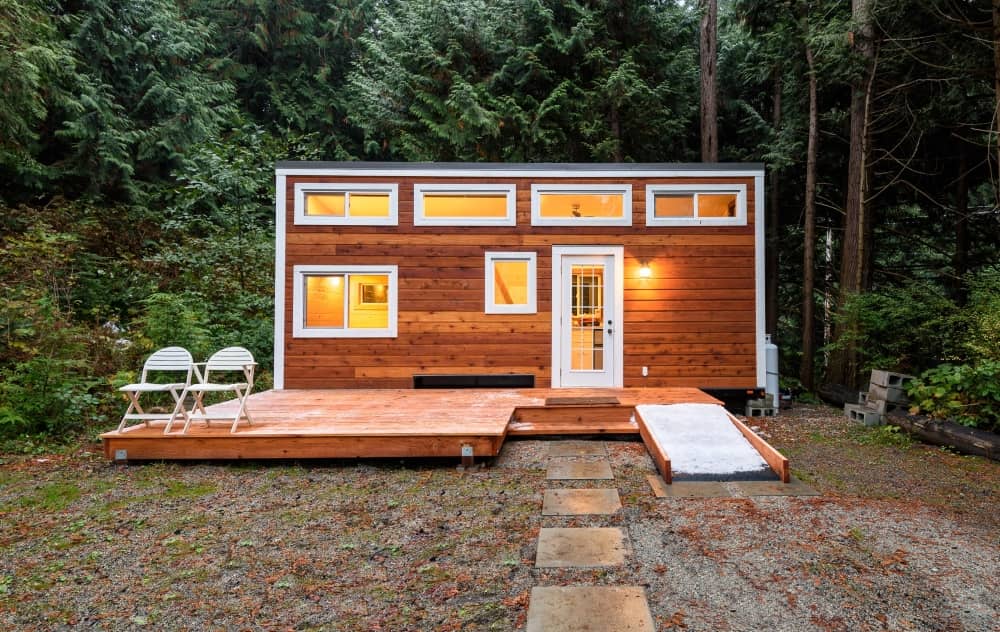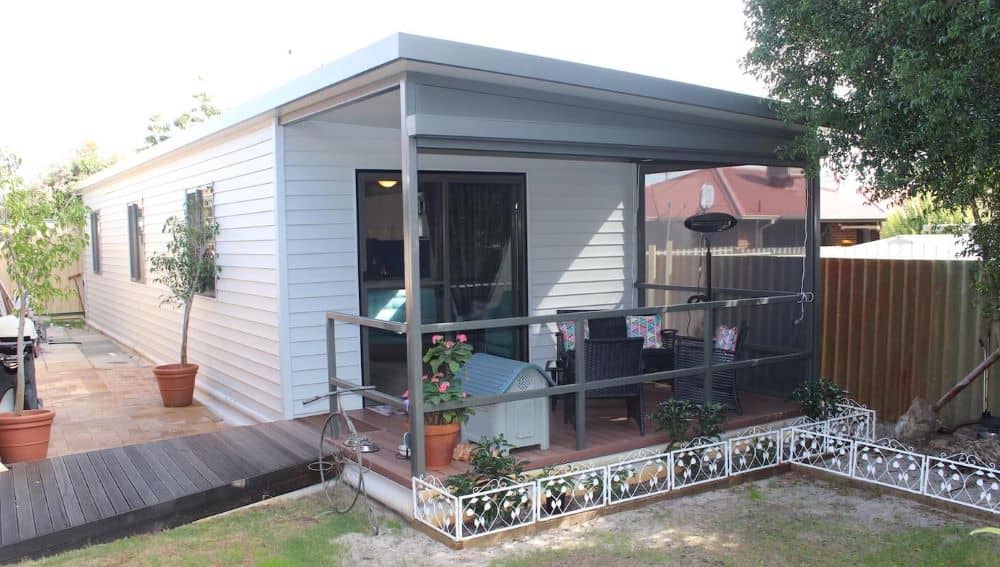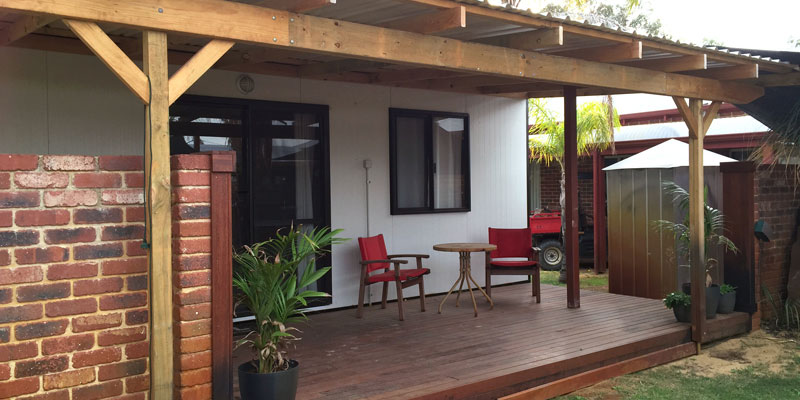The popularity of granny flats and tiny homes continues as many see these structures as potential relief in the Western Australian housing shortage. The population continues to out-pace the number of available homes, and the situation is a driving factor in alternative housing options across the state.
Both types of homes are excellent choices. However, before you sign a construction contract, you should spend some time exploring the variables to decide where you would be most comfortable.
Definitions
Granny Flat – A granny flat is a secondary dwelling on a property that is generally self-contained. These traditionally have been popular choices for elderly relatives, older children, and rentals.
Tiny Home – In Australia, tiny homes are defined as moveable dwellings of less than 50m2. Typically, tiny homes are grouped into three categories:
- On wheels
- On skids
- Shipping containers
Design/Layout of Granny Flats and Tiny Homes
Granny Flat – A granny flat is small, but the styles and layout possibilities are tremendous. In the past, granny flats were often little more than rectangle units with very simple layouts. Today, if you have the space on your property, you can build two, three, or even four bedrooms. Additionally, multi-level granny flats are gaining traction as a viable choice as space permits.
As self-contained units, these structures have kitchen and toilet facilities as well as common areas. Depending on space and owner preferences, designs can include other amenities like dining rooms, porches, or lofts.
If necessary, your granny flat can have accessible features added during construction. This will ensure safety and eliminate the need for modifications later.
Tiny Houses – By necessity, tiny houses have layouts that make the most of every available space. The combination of the living room and dining room is typical, as is blending a kitchen with an eating area. Generally, there is a loft that serves as a bedroom and a small toilet/shower area. Creative storage is a hallmark of tiny houses, as well as sliding glass doors that open to decks or porches.
It is important to remember that as the owner of the residence, Fox Transportables gives you ample opportunity to take part in the design process. By working with the professional design team, you can share your thoughts, likes, and dislikes. Your satisfaction is the ultimate goal.
Ease of Transport
Granny Flat – Often, customers believe granny flats cannot be relocated. While this may be true for other granny flats, Fox Transportables offers a line of transportable structures similar to modular homes. If necessary, call on Fox to assist you in relocating your granny flat.
Tiny Homes – The image of hitching a tiny home to your Ute and hitting the road is one of the selling points for many people. You can relocate relatively easily if you are in an off-the-grid tiny house with a composting toilet, water tank, and solar panels. A significant question that many people do not think about is where you will park the tiny home. Australian states and localities have differing requirements regarding where and how long you can park a tiny house. Your best option is to research carefully.
Western Australia’s Regulations for Granny Flats and Tiny Homes
Granny Flats
General regulations for a granny flat in Western Australia include:
- Minimum property size of 450 square metres
- The maximum floor area is 70 square metres. However, this can differ based on local council regulations. In some rural areas, councils permit a maximum floor area of 100 square metres.
- Renting your granny flat to tenants who are not members of your family is permissible in Western Australia, but approval from your local council may be required.
Tiny Houses
The bulk of regulations regarding tiny houses go through local entities, so carefully researching ordinances where you plan to live is of utmost importance. Because tiny houses are usually on wheels, they fall into the same category as caravans.
If you plan on moving your tiny house (even if it is just to the location where it will stay), the following regulations apply across all of Australia:
- It must be under 2.5m wide
- Be lower than 4.3m high
- A length no greater than 12.5m
- Weigh no more than 4.5 tonnes
Exceeding these regulations will require you to get an oversized load permit and possibly pilot vehicles.
5 Key Questions to Ask Yourself When Deciding Between a Granny Flat and a Tiny Home
- How much are you willing to spend?
- How many people are you going to accommodate?
- Will you or someone else stay there permanently?
- What is your time frame?
- Do you want a self-contained unit with more than one bedroom?
Whether you choose a granny flat or a tiny home, you will want to work with professionals who provide top-quality work and care about your satisfaction. Fox Transportables has served residential and commercial clients in Western Australia for over a decade. Our team can help you choose and customise your dwelling. If you would like more information, please contact us. Your ideal home is closer than you think.



